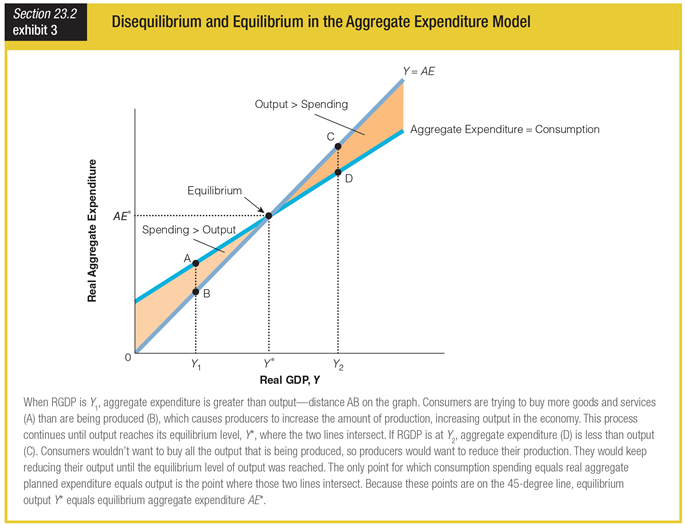Asymmetric information is:
A) information revealed by economic agents turns out to be wrong.
B) inflation forecasts are systematically to high or too low.
C) some economic agents have more information than others.
D) the government knows less about the economy than households and firms.
C
You might also like to view...
Suppose the current situation is such that the price level is 120, real GDP is $17 trillion, and GDP along the long-run aggregate supply curve is $16.6 trillion. What will take place to restore the long-run equilibrium?
A) The price level will fall until long-run aggregate supply increases to $17 trillion. B) The price level will fall and money wage rates will rise until real GDP along the long-run aggregate supply curve is $17 trillion. C) Money wage rates will rise until real GDP reaches $16.6 trillion. D) Aggregate demand will increase until both short-run and long-run aggregate supply equal $17 trillion.
The two most comprehensive, widely accepted macroeconomic models are
A) the classical model and the supply-side model. B) the supply-side model and the real business cycle model. C) the classical model and the Keynesian model. D) the Austrian model and the Keynesian model.
The overriding reason why households and societies face many decisions is that
a. resources are scarce. b. goods and services are not scarce. c. incomes fluctuate with business cycles. d. people, by nature, tend to disagree.
What is happening at point C?

a. Consumers are preordering products.
b. Consumers have maxed out their credit.
c. Inventories are being sold off to meet demand.
d. Excess production is being stored in inventories.